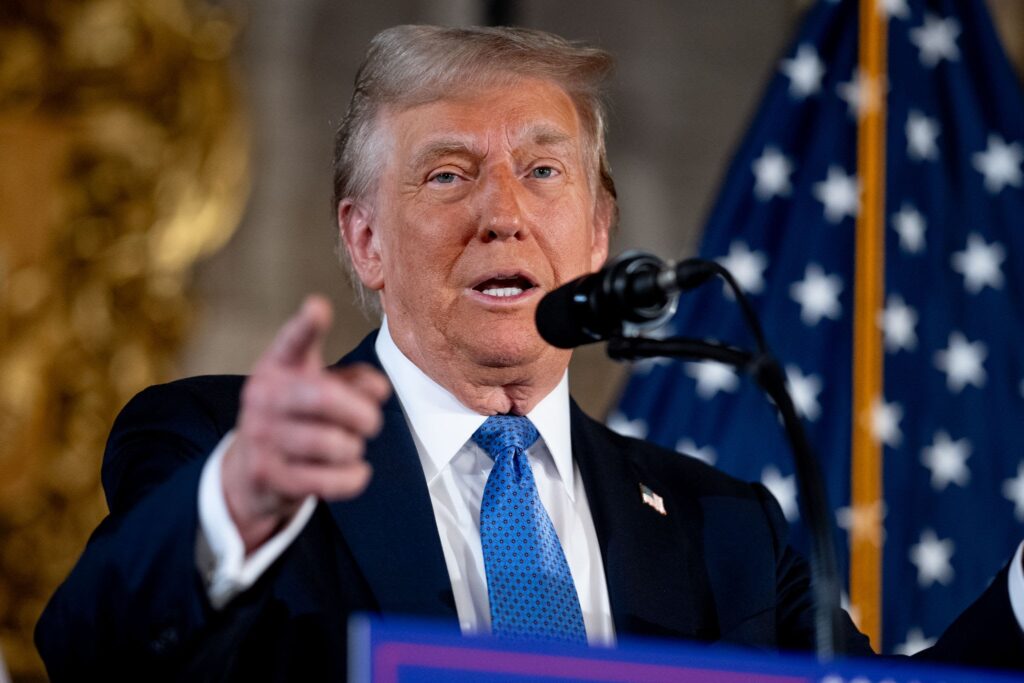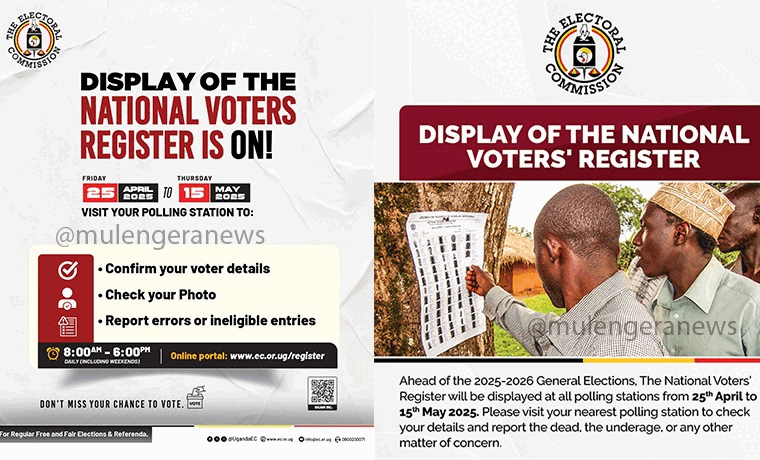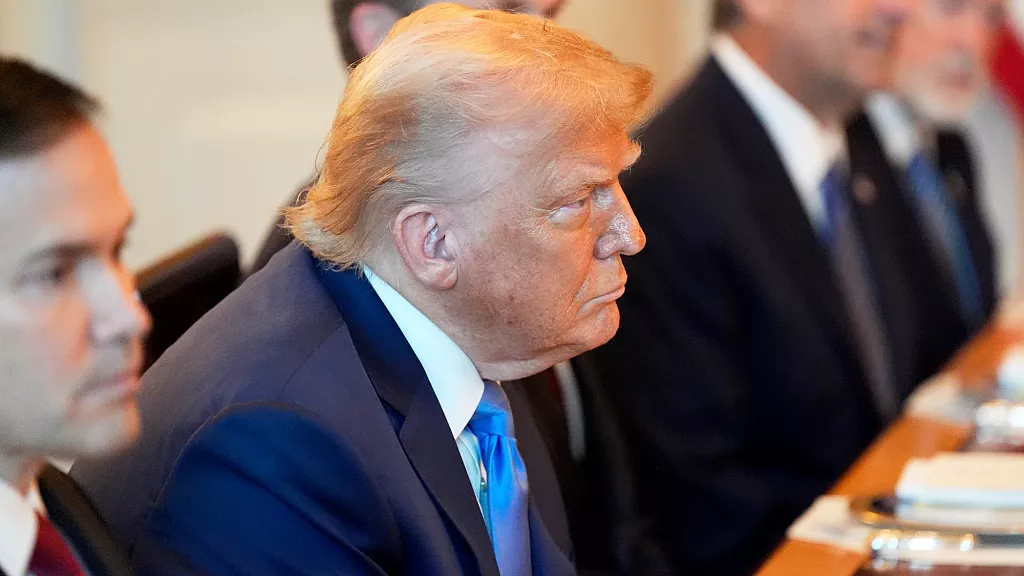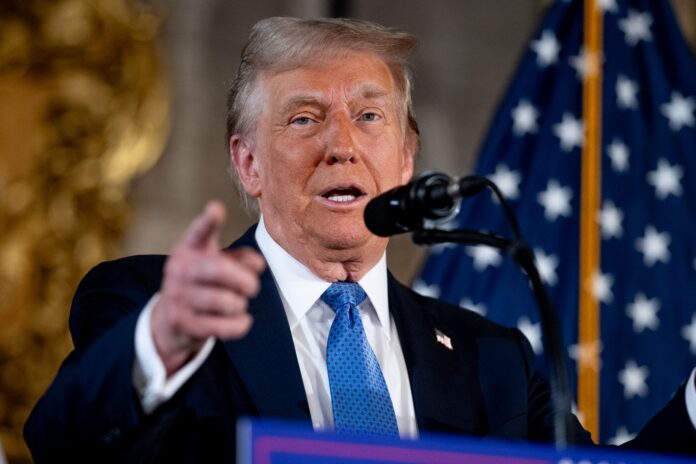President Donald Trump has set a 25 percent tax on goods imported from Japan and South Korea, effective August 1st.
Trump provided notice by posting letters on Truth Social that were addressed to the leaders of the various countries. The letters warned them to not retaliate by increasing their own import taxes, or else the Trump administration would further increase tariffs.
“If for any reason you decide to raise your Tariffs, then, whatever the number you choose to raise them by, will be added onto the 25 percent that we charge,” Trump wrote in the letters to Japanese Prime Minister Shigeru Ishiba and South Korean President Lee Jae-myung.
The letters were not the final word from Trump on tariffs, so much as another episode in a global economic drama in which he has placed himself at the center. His moves have raised fears that economic growth would slow to a trickle, if not make the US and other nations more vulnerable to a recession. But Trump is confident that tariffs are necessary to bring back domestic manufacturing and fund the tax cuts he signed into law last Friday.

Imports from Myanmar and Laos would be taxed at 40 percent, Cambodia and Thailand at 36 percent, Serbia and Bangladesh at 35 percent, Indonesia at 32 percent, South Africa and Bosnia and Herzegovina at 30 percent and Kazakhstan, Malaysia and Tunisia at 25 percent.
Trump placed the word “only” before revealing the rate in his letters to the foreign leaders, implying that he was being generous with his tariffs. But the letters generally followed a standard format, so much so that the one to Bosnia and Herzegovina initially addressed its woman leader, Željka Cvijanović, as “Mr. President.” Trump later posted a corrected letter.
White House press secretary Karoline Leavitt said that Trump was by setting the rates himself creating “tailor-made trade plans for each and every country on this planet and that’s what this administration continues to be focused on.”
Trump plans to continue sharing the letters sent to his counterparts on social media and then mail them the documents, a stark departure from the more formal practices of all his predecessors when negotiating trade agreements.
Wendy Cutler, vice president of the Asia Society Policy Institute who formerly worked in the office of the US Trade Representative, said the tariff hikes on Japan and South Korea were “unfortunate.”
“Both have been close partners on economic security matters and have a lot to offer the United States on priority matters like shipbuilding, semiconductors, critical minerals and energy cooperation,” Cutler said.

The office of South African President Cyril Ramaphosa said in a statement that the tariff rates announced by Trump mischaracterized the trade relationship with the US, but it would “continue with its diplomatic efforts toward a more balanced and mutually beneficial trade relationship with the United States” after having proposed a trade framework on May 20.
Trump’s ability to impose tariffs through an economic emergency is under legal challenge, with the administration appealing a May ruling by the US Court of International Trade that said the president exceeded his authority.
Trump initially roiled the financial markets by announcing tariff rates on dozens of countries, including 24 percent on Japan and 25 percent on South Korea. In order to calm the markets, Trump unveiled a 90-day negotiating period during which goods from most countries were taxed at a baseline 10 percent. So far, the rates in the letters sent by Trump either match his April 2 tariffs or are generally close to them.
Josh Lipsky, chair of international economics at The Atlantic Council, said that a three-week delay in imposing the tariffs was unlikely sufficient for meaningful talks to take place.
“I take it as a signal that he is serious about most of these tariffs and it’s not all a negotiating posture,” Lipsky said.
Trade gaps persist, more tariff hikes are possible
The United States ran a $69.4 billion trade imbalance in goods with Japan in 2024 and a $66 billion imbalance with South Korea, according to the Census Bureau. The trade deficits are the differences between what the US exports to a country relative to what it imports.
According to Trump’s letters, autos would be tariffed separately at the standard 25 percent worldwide, while steel and aluminum imports would be taxed on 50 percent.

This is not the first time that Trump has tangled with Japan and South Korea on trade — and the new tariffs suggest his past deals made during his first term failed to deliver on his administration’s own hype.
In 2018, during Trump’s first term, his administration celebrated a revamped trade agreement with South Korea as a major win. And in 2019, Trump signed a limited agreement with Japan on agricultural products and digital trade that at the time he called a “huge victory for America’s farmers, ranchers and growers.”
Trump has also said on social media that countries aligned with the policy goals of BRICS, an organization composed of Brazil, Russia, India, China, South Africa, Egypt, Ethiopia, Indonesia, Iran and the United Arab Emirates, would face additional tariffs of 10 percent.


